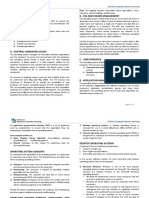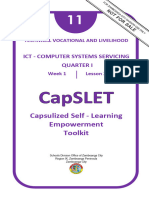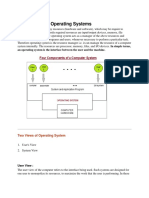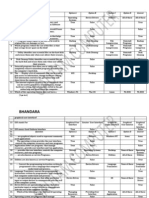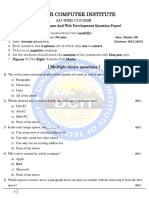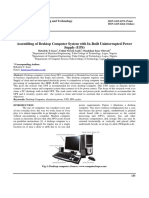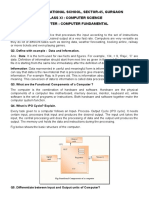0% found this document useful (0 votes)
56 views7 pagesChapter 2 Operating Systems
The document discusses network operating systems, which are operating systems designed to connect computers in a local area network or wider internetwork. The key types are peer-to-peer and client/server network operating systems. Peer-to-peer systems allow users to share network resources from a common location and treat all devices equally, working best for small-medium networks. Client/server systems provide centralized access to resources through a server, unifying functions under one file server.
Uploaded by
Updala IprohimCopyright
© © All Rights Reserved
We take content rights seriously. If you suspect this is your content, claim it here.
Available Formats
Download as DOCX, PDF, TXT or read online on Scribd
0% found this document useful (0 votes)
56 views7 pagesChapter 2 Operating Systems
The document discusses network operating systems, which are operating systems designed to connect computers in a local area network or wider internetwork. The key types are peer-to-peer and client/server network operating systems. Peer-to-peer systems allow users to share network resources from a common location and treat all devices equally, working best for small-medium networks. Client/server systems provide centralized access to resources through a server, unifying functions under one file server.
Uploaded by
Updala IprohimCopyright
© © All Rights Reserved
We take content rights seriously. If you suspect this is your content, claim it here.
Available Formats
Download as DOCX, PDF, TXT or read online on Scribd
/ 7




